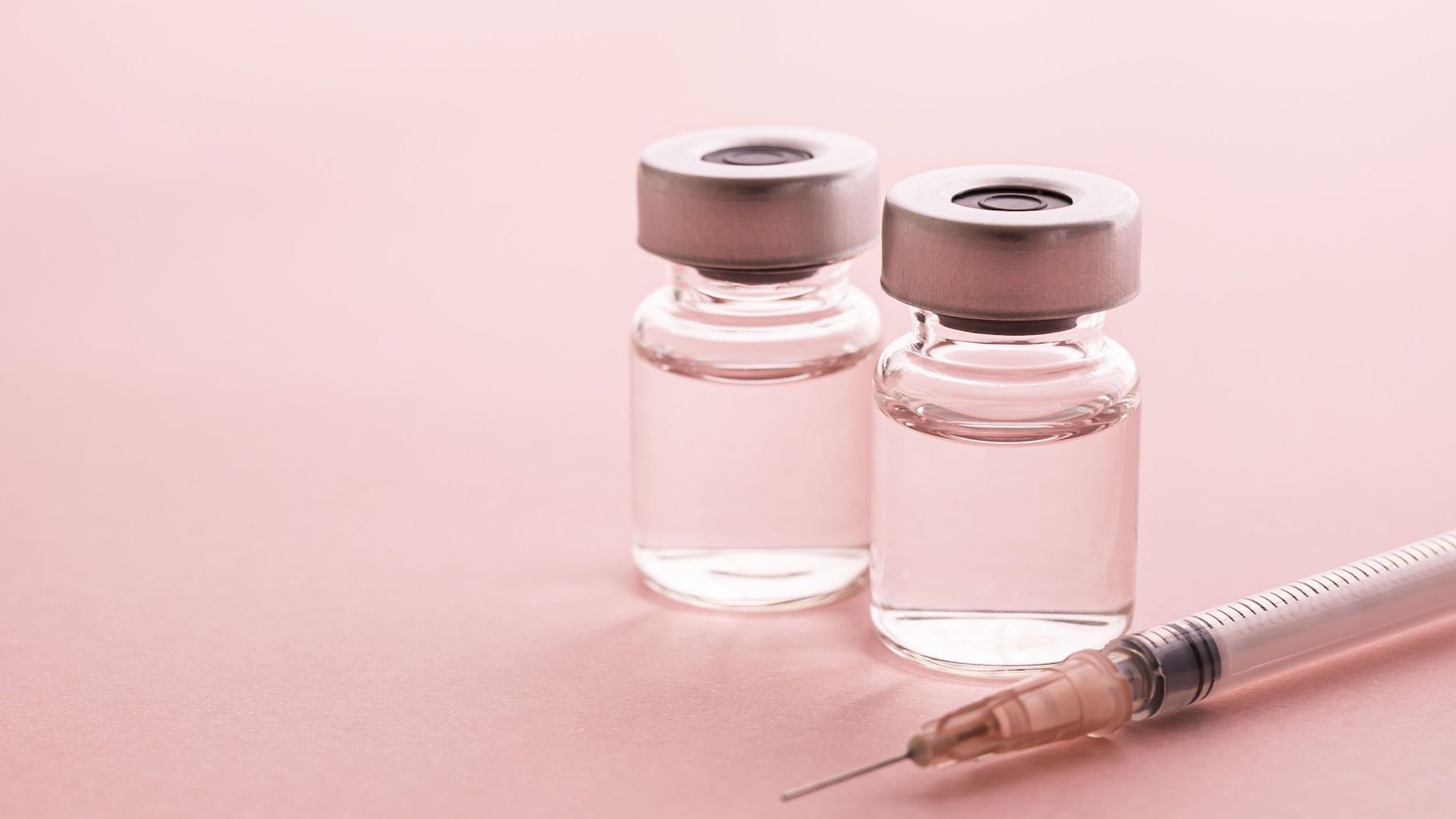
Patients can’t get enough of the weight-loss drugs Wegovy and Zepbound. Literally.
Demand for the drugs has proven insatiable. Shortages have left patients already on the medications searching for their next dose and stymied new starters. Demand is only expected to grow as the drugmakers Novo Nordisk A/S and Eli Lilly & Co. move to expand the number of diseases the products are approved to treat.
But it’s not just that the drugs are flying out of pharmacy fridges that’s causing the shortages. Both drugmakers are facing manufacturing challenges that threaten to keep the weight loss medications in short supply for months to come. Novo has struggled to catch up after underestimating the demand for Wegovy when it entered the market in 2021, while Lilly faces problems producing enough of the injector pens used to deliver Zepbound.
How are the newest weight-loss drugs made?
The key to making Wegovy is the humble microorganism yeast. In a process similar to its decades-old method for producing insulin, Novo uses a yeast strain to produce a peptide that forms the backbone of Wegovy. The drug, known generically as semaglutide, is sold in a lower dose as Ozempic for treating diabetes, which rose to fame as an “off-label” treatment for weight loss.
Lilly makes Zepbound, also known as tirzepatide, using a chemical rather than a biological process. A specific series of amino acids with particular modifications is assembled to form the medicine. The same drug is called Mounjaro when used to treat diabetes.
Both Novo and Lilly use external companies to help produce and fill the pens used to inject the drugs. In the US, the drugs are dispensed in single-use pens, which come pre-filled with a syringe that contains the patient’s correct dose. In some other countries, a four-dose pen is available that requires the patient to choose the right dose.
What are Novo Nordisk’s woes?
Novo’s woes started long before Wegovy’s introduction, when it was making production plans for its new drug and underestimated the demand. Then once Wegovy was on the market, a company contractor, Catalent Inc., ran into trouble with the US Food and Drug Administration over its syringe filling, leaving Novo with supply issues as demand soared. Novo resolved its initial yearlong shortage in late December 2022, relaunching in the US in early 2023. But demand soon outstripped supply again, and the drugmaker began limiting availability of the lower doses of Wegovy that patients begin with.
What are Lilly’s woes?
Making the injector devices for Zepbound requires “some of the most complex” production systems “on the planet,” Lilly chief executive officer David Ricks said in an interview last August. As a result, it’s not easy to bring on new contractors to increase output of the pens. The odds of being able to use an existing injector assembly line to make Lilly’s devices are “probably slim,” according to Dave Powell, vice president of business development at Grand River Aseptic Manufacturing, a contract manufacturer.
On social media forums such as TikTok, patients are begging Lilly to provide the drugs in vials to bypass the pen manufacturing woes. The company already makes Mounjaro available in Australia, Canada, Germany and Poland in single-use vials. Lilly has said it is “evaluating various options” to ensure Zepbound supply.
Will the shortages ease anytime soon?
For Zepbound patients, that’s not likely. Nearly all dosages will be in shortage through at least the middle of the year, according to the FDA’s database as of May 2. Lilly has said supply should increase in the second half of the year, when an expansion of the company’s plant in the North Carolina Research Triangle is expected to start helping.
For its part, Novo has pledged a significant boost in Wegovy doses this year but said it doesn’t expect to be able to keep up with prescriptions. (Ozempic is no longer in short supply.) The company is already working on increasing the semaglutide yield at existing facilities by upgrading technology and simplifying processes. Those efforts are starting to bear fruit: the company has increased the number of starter doses of Wegovy by more than five times this year, though access is still being limited.
And Novo is expanding production facilities, with major factory projects in France and its home base of Denmark. Getting them running will take time. The facility in France is set for completion between 2026 and 2028. And the expansion project in Kalundborg, Denmark runs until 2029.
Lilly is building a new factory in Germany but it’s not expected to open until 2027. Lilly also announced in late April that it had bought a new injectable medicine plant in Wisconsin to boost capacity. Anat Ashkenazi, Lilly’s chief financial officer, has said that the company is undertaking the biggest expansion agenda in its history to ramp up production for tirzepatide.
By Naomi Kresge, Madison Muller and Ashleigh Furlong



